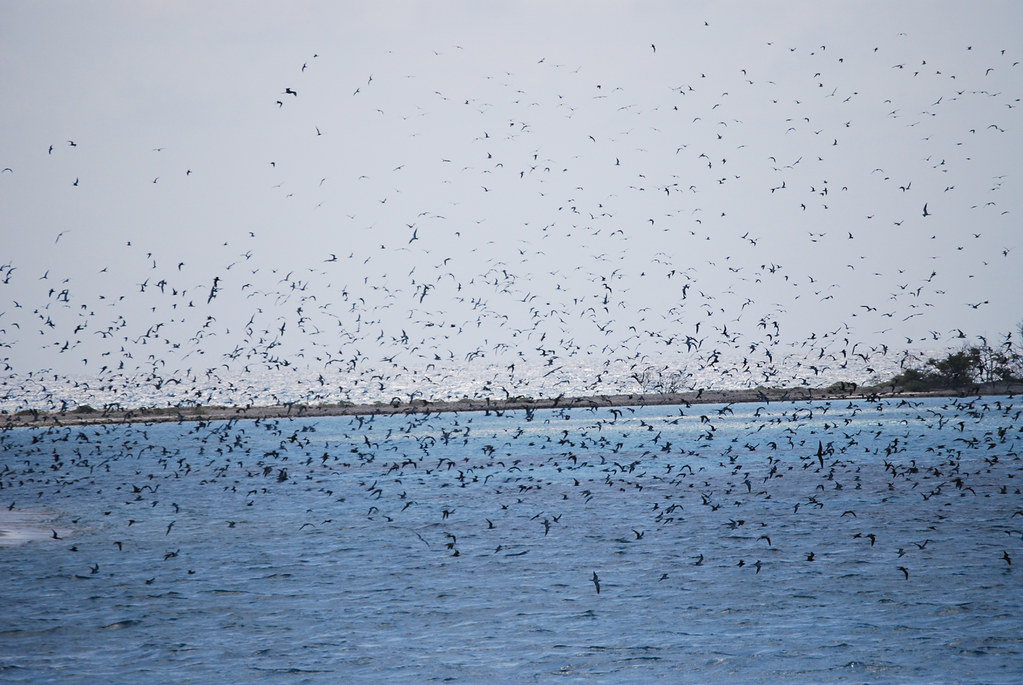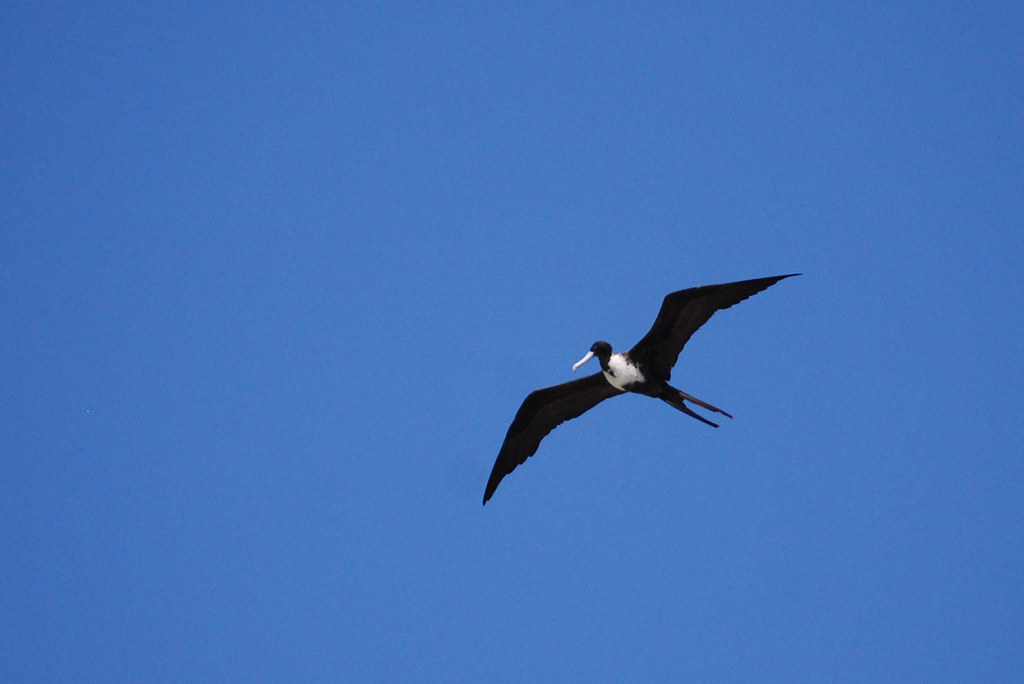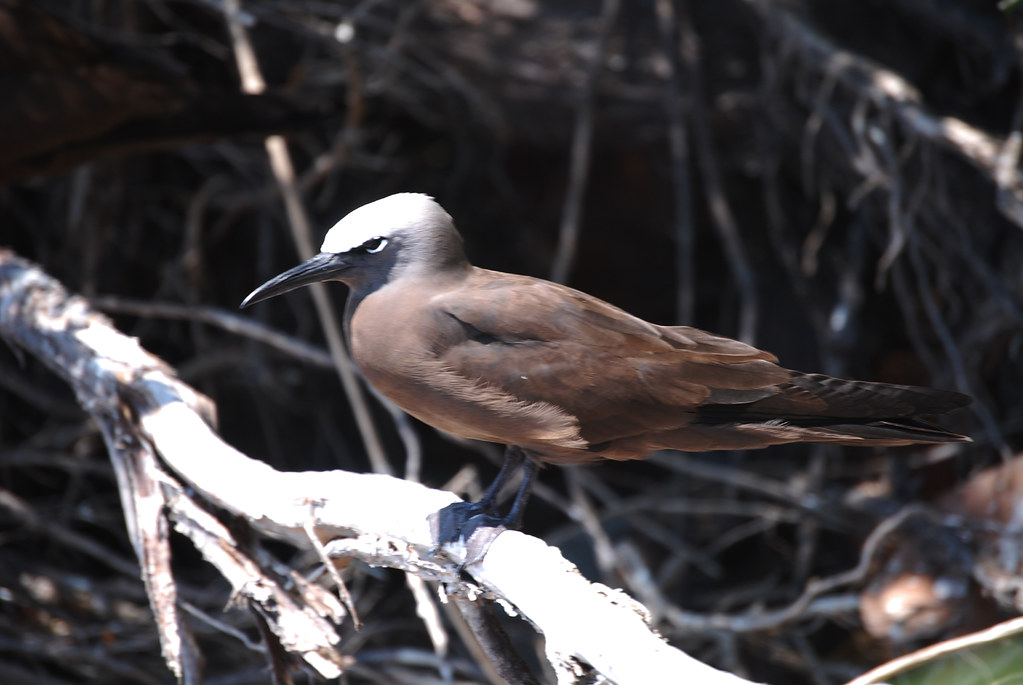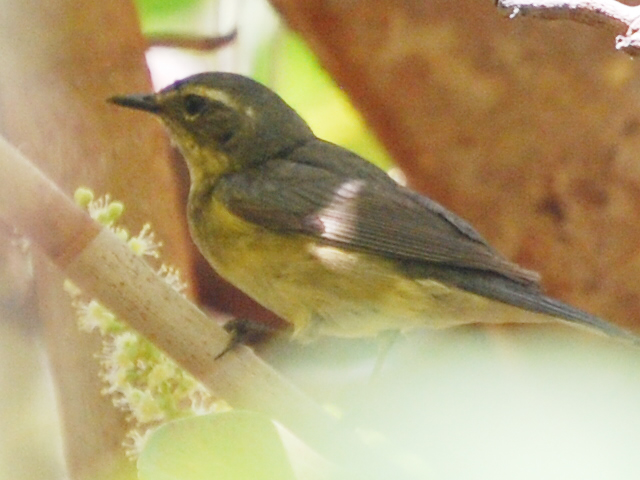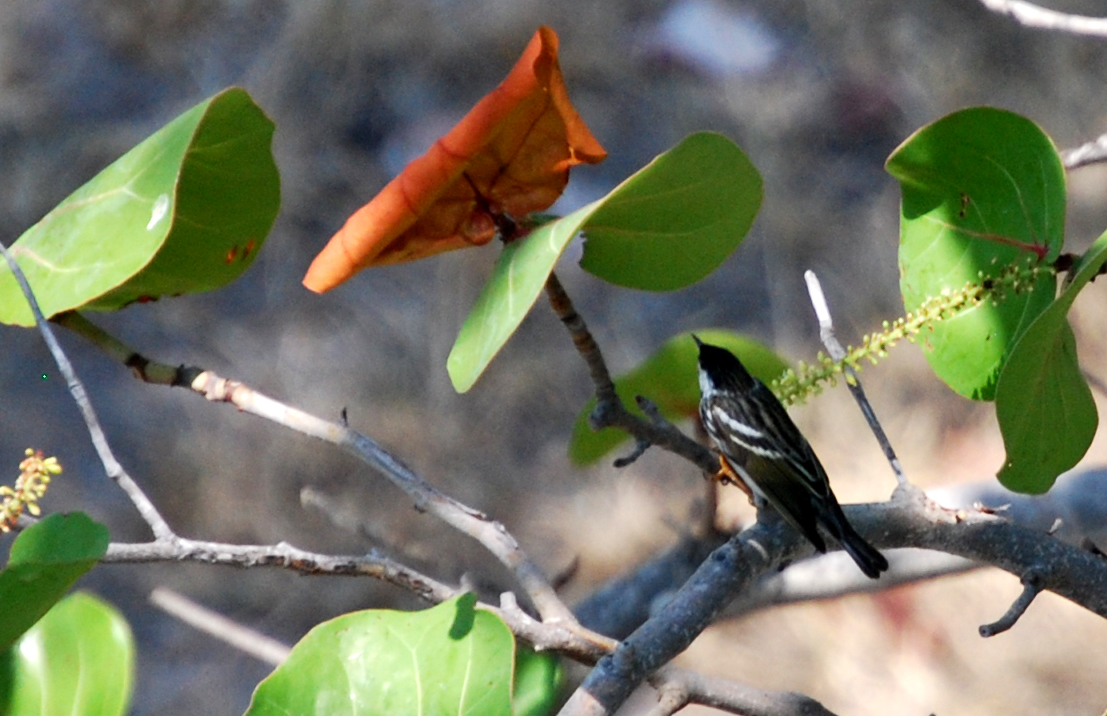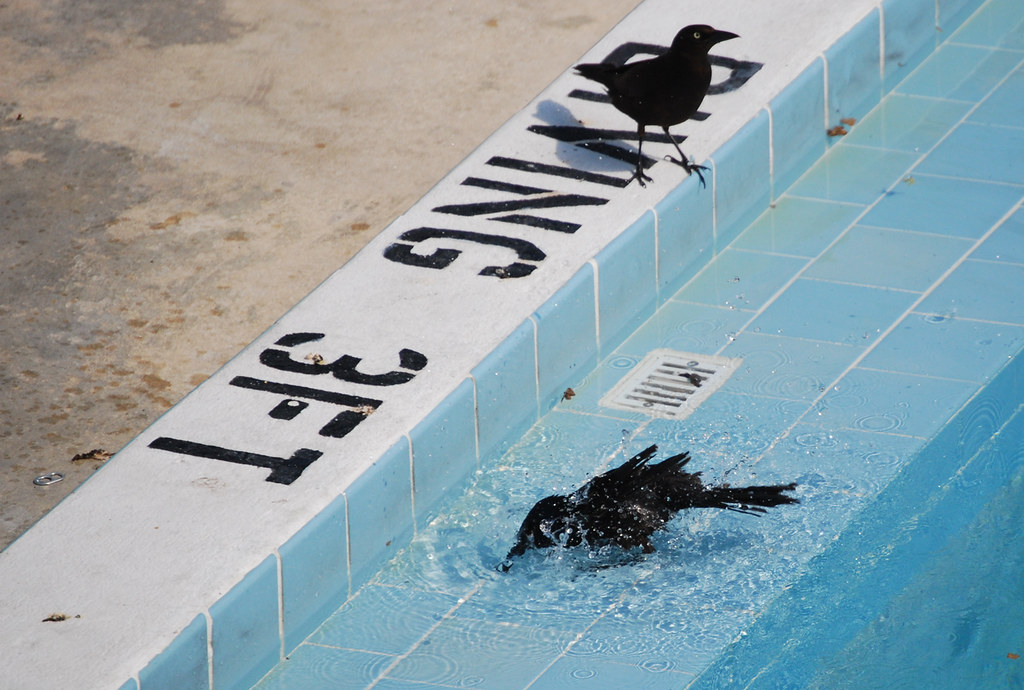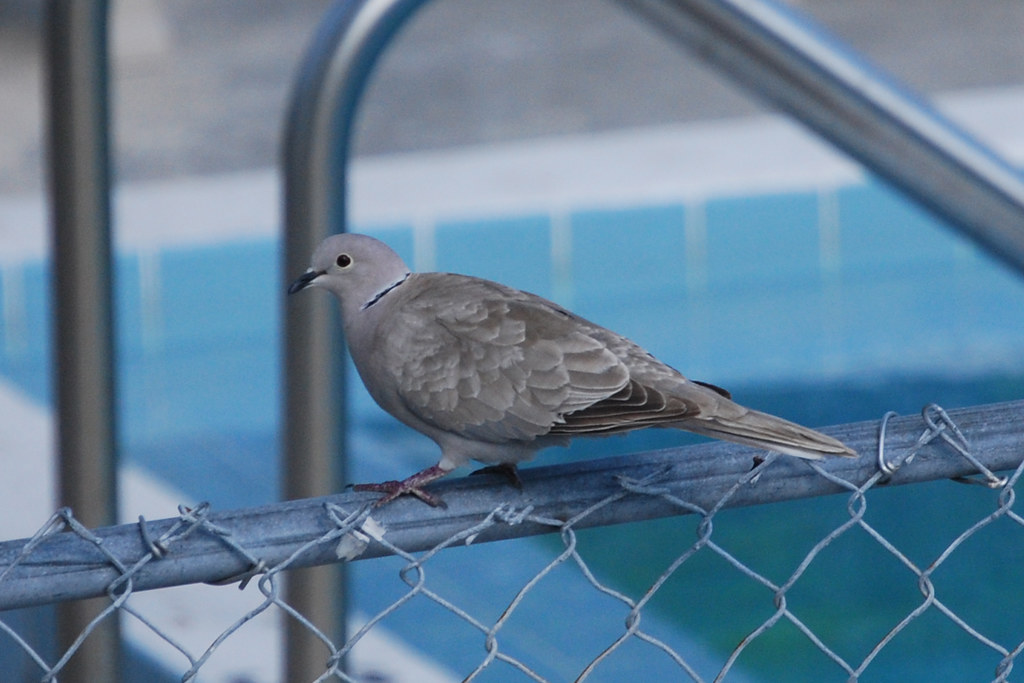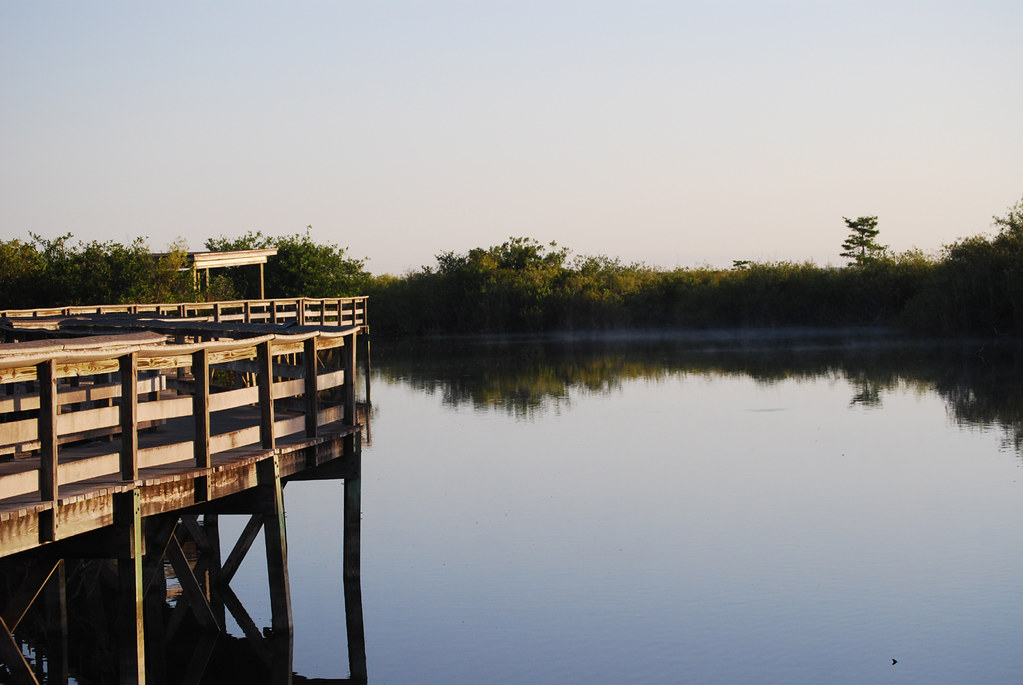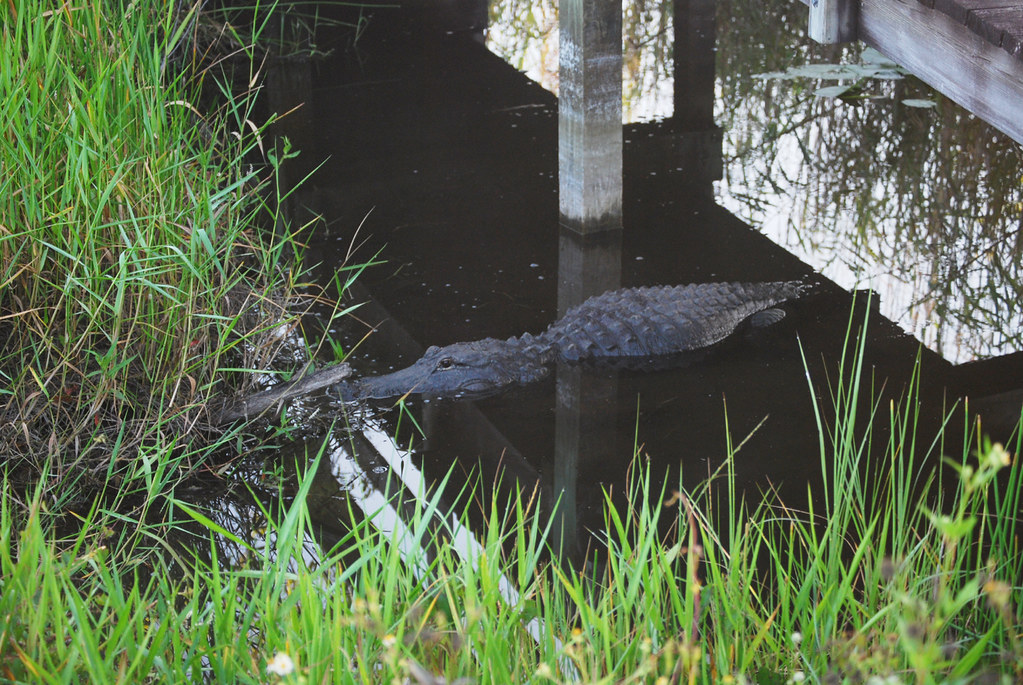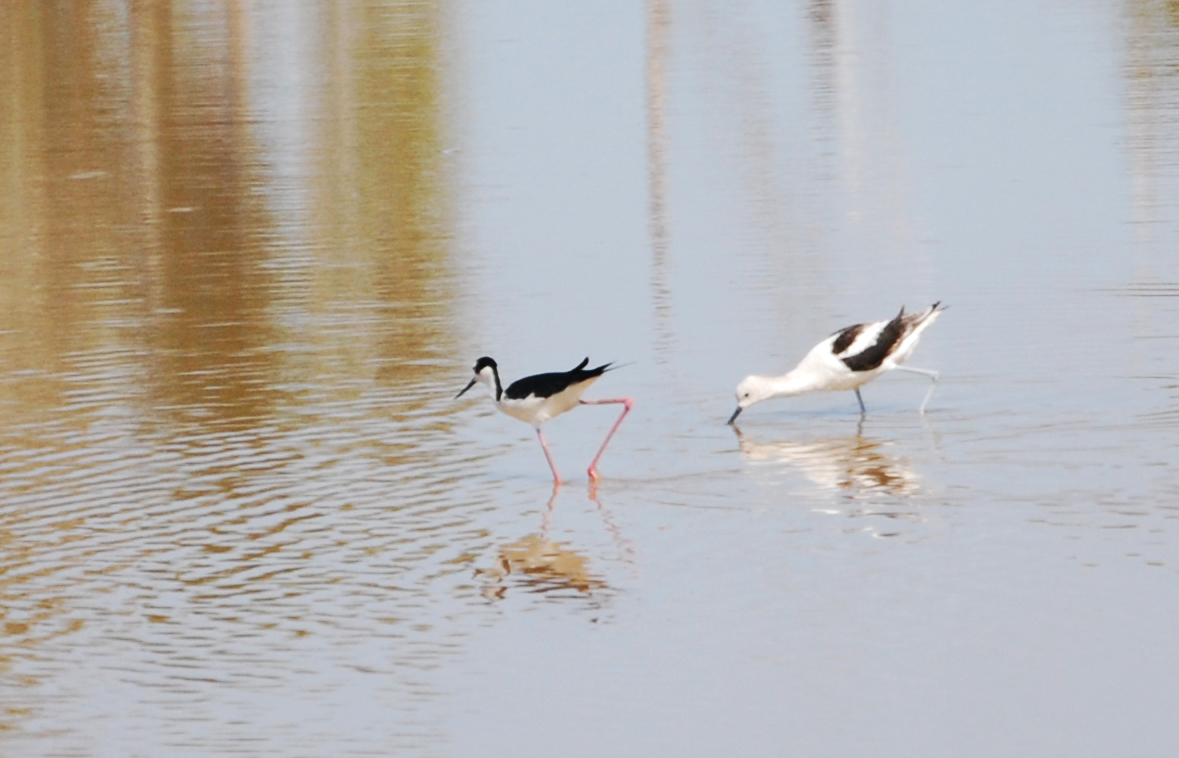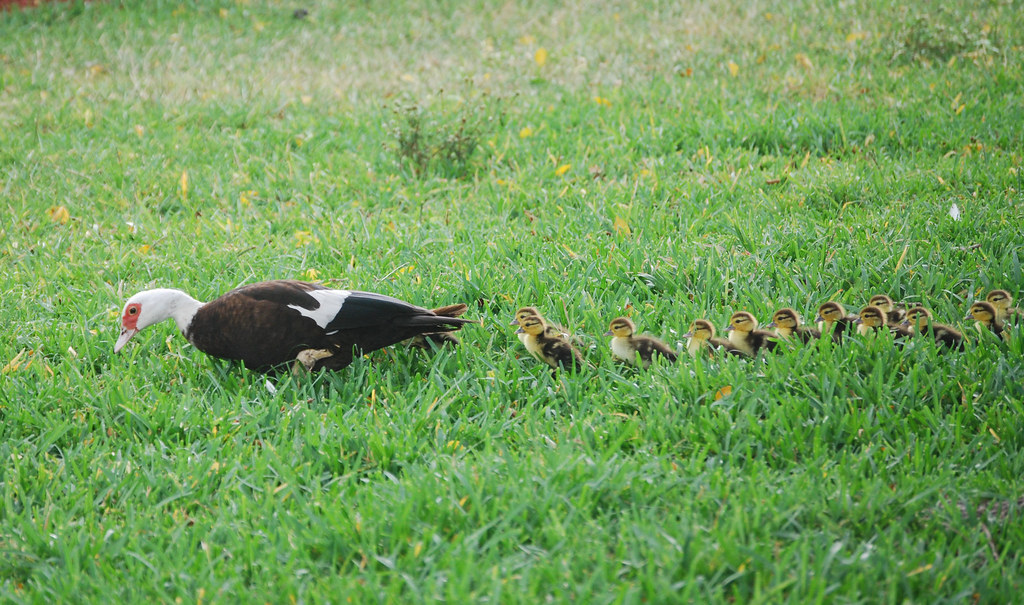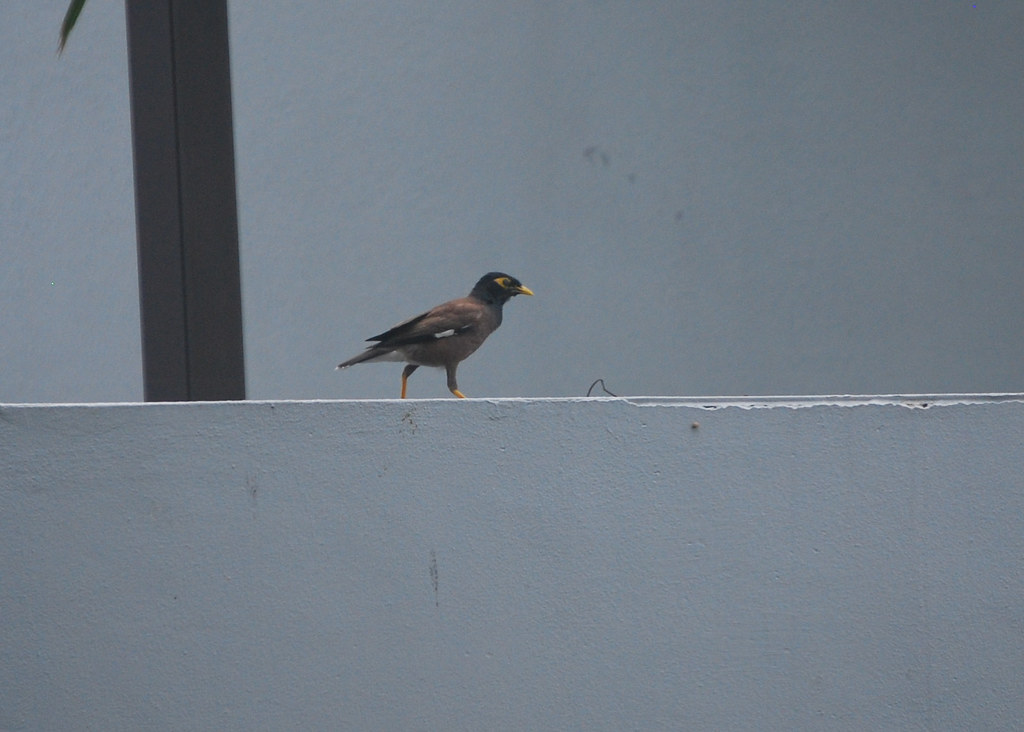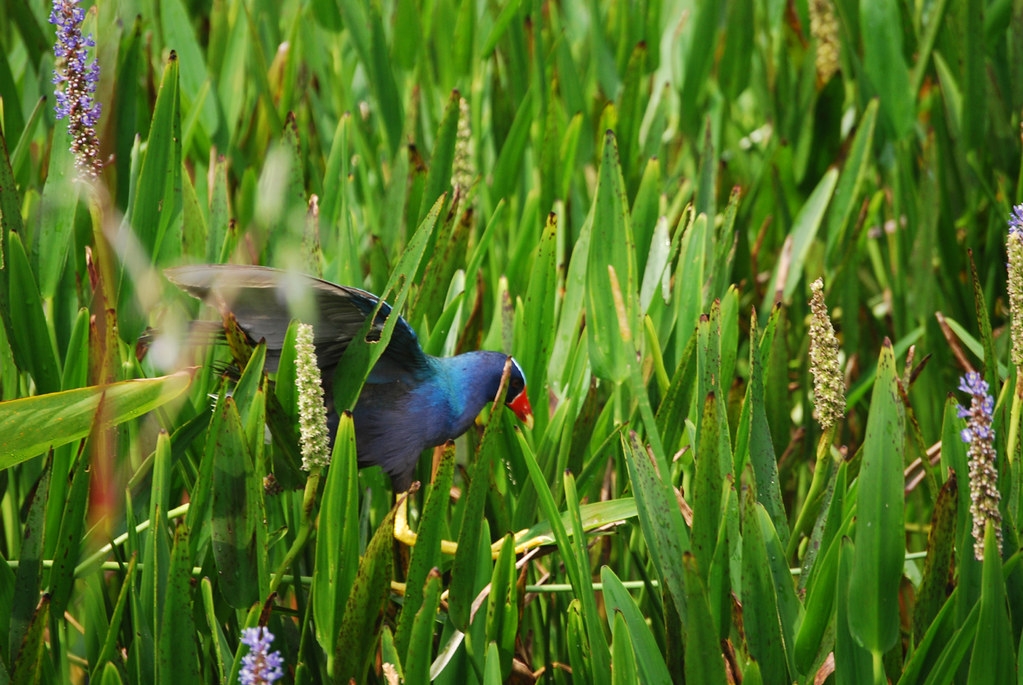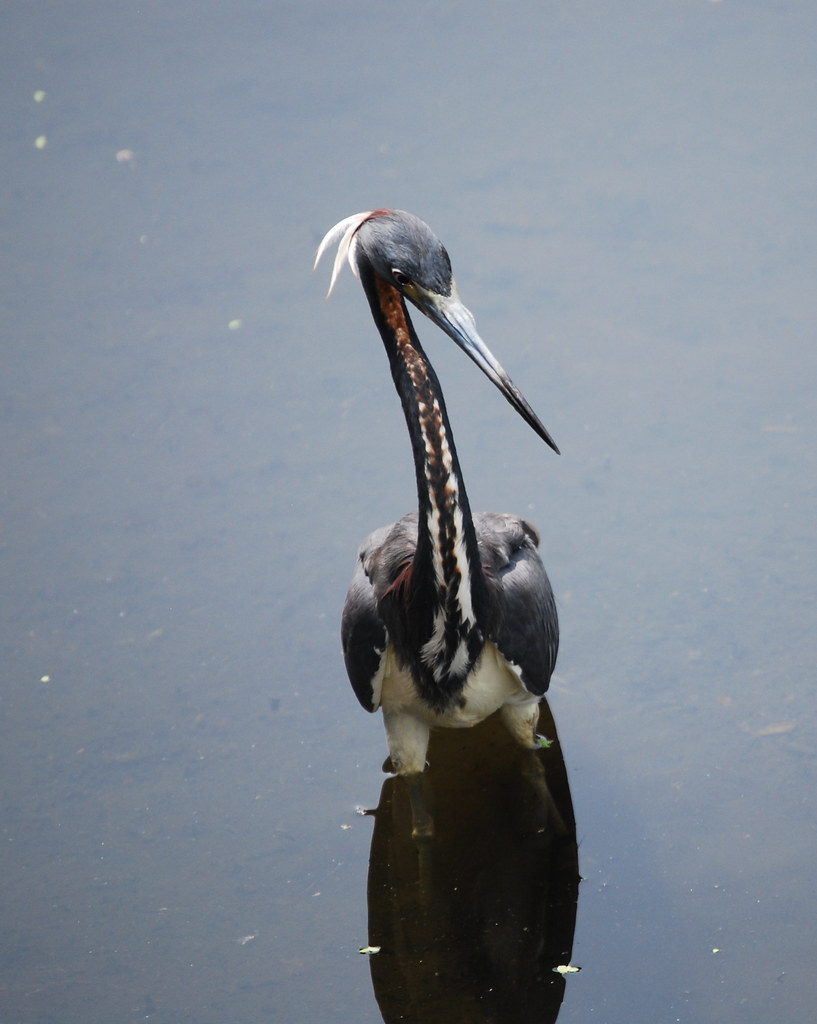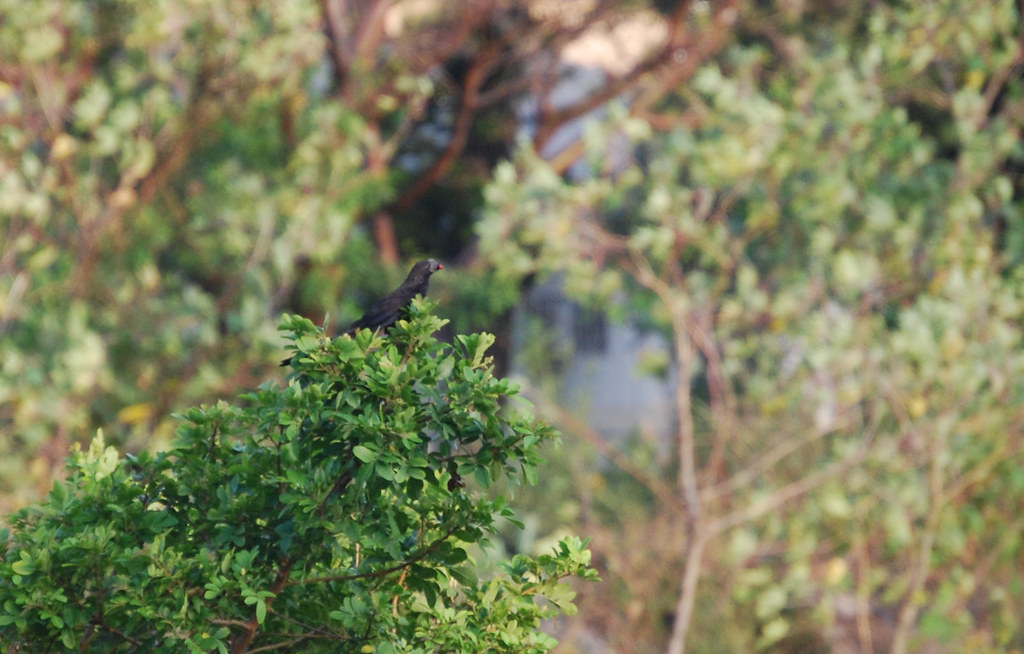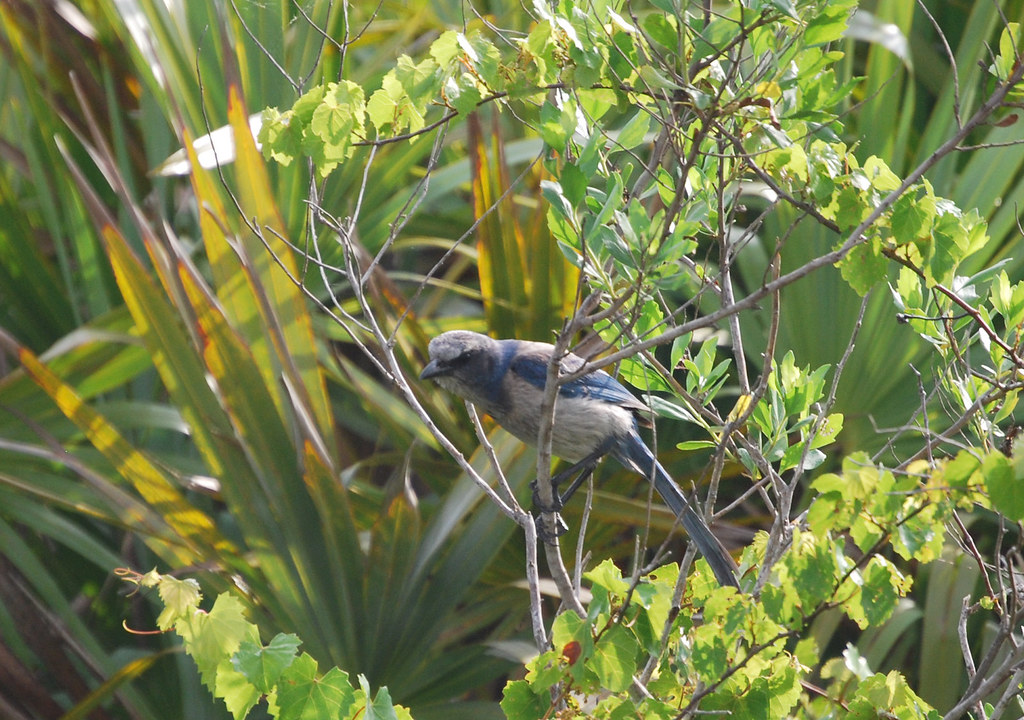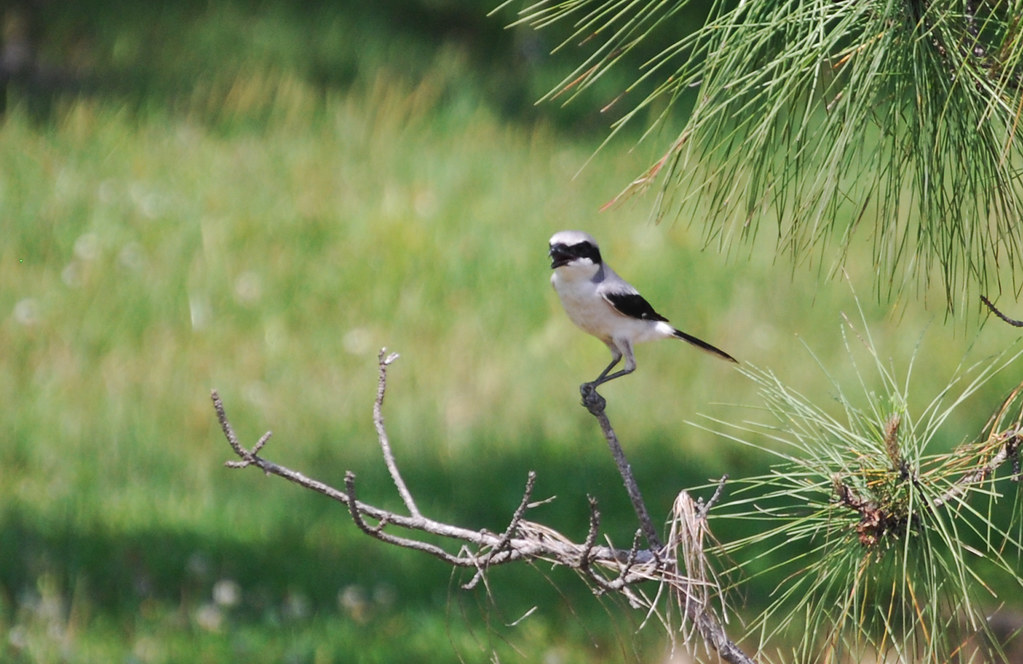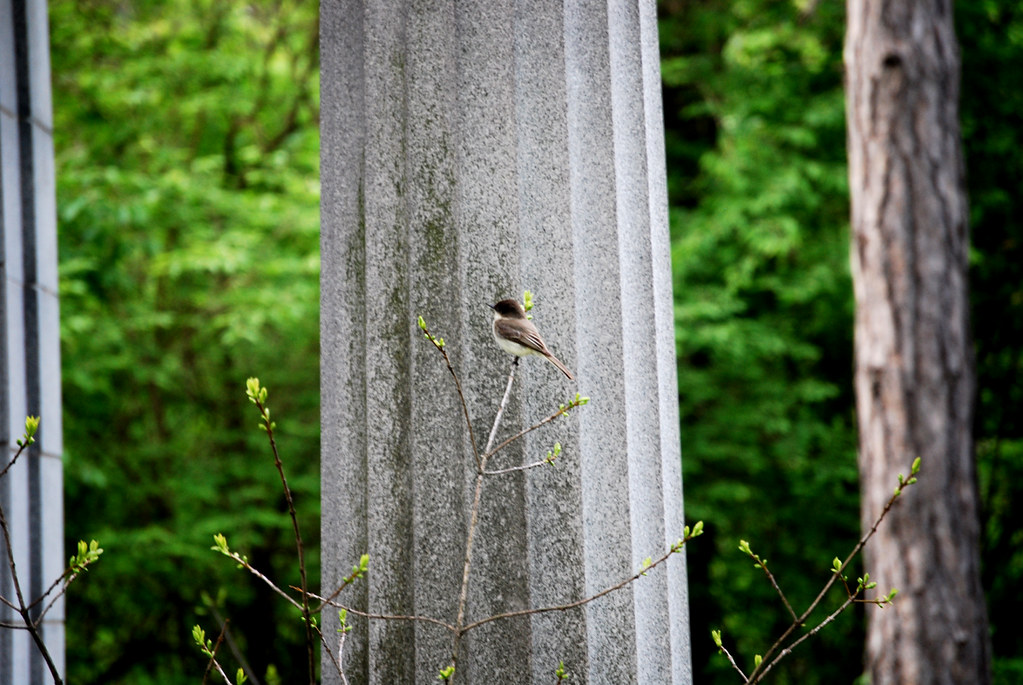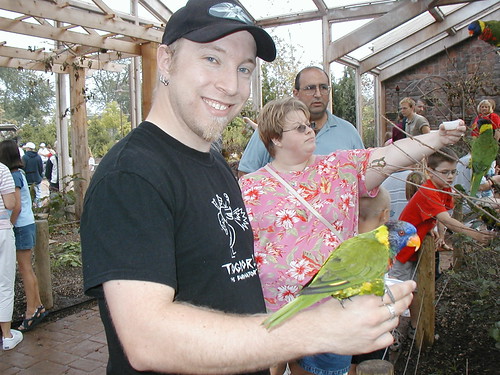
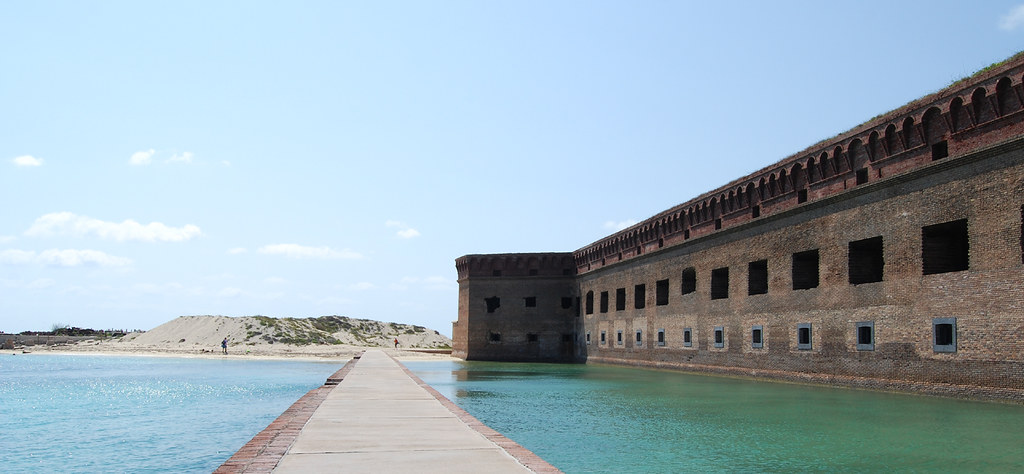
Our first order of business was to attempt to locate our two target birds: Black Noddy and Red-footed Booby, both of which had been reported recently. We set up scopes near the coal dock and spent some time scanning all the Brown Noddies, but no luck. We did add Indigo Bunting to our trip list at this point, though, and I got some decent photos of noddies and Magnificent Frigatebirds. We then set up on the dock next to the ferry and scanned Long Key for the Red-footed Booby, and again, no luck. We did have some nice company in the form of Ruddy Turnstones scurrying about our feet, though. Then it was time for lunch aboard the ferry (make your own sandwiches).
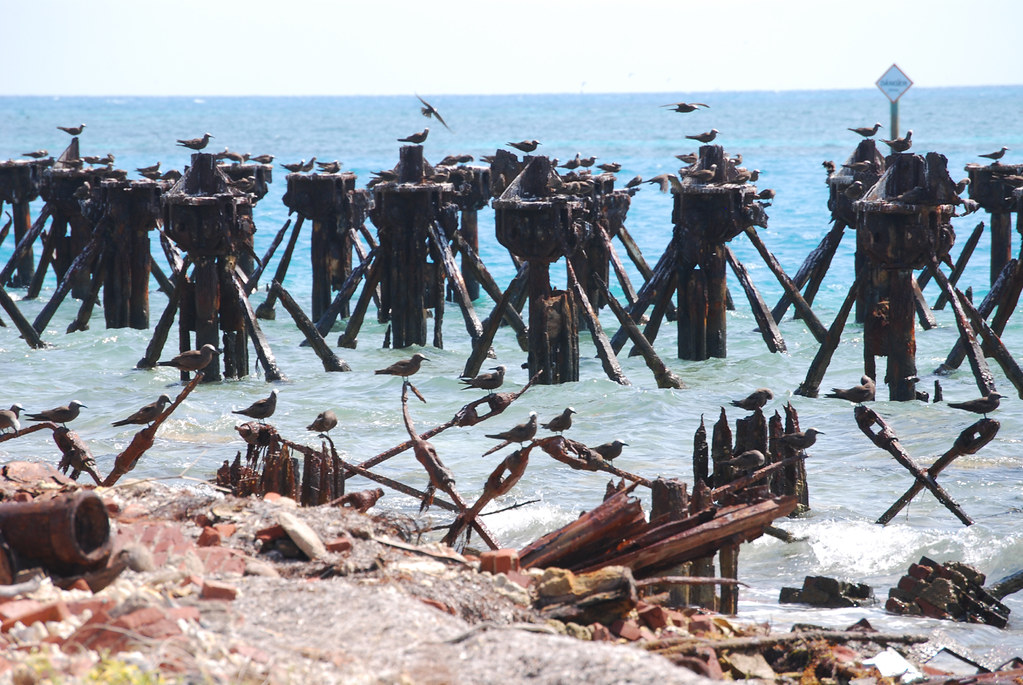
Brown Noddies on the coal dock
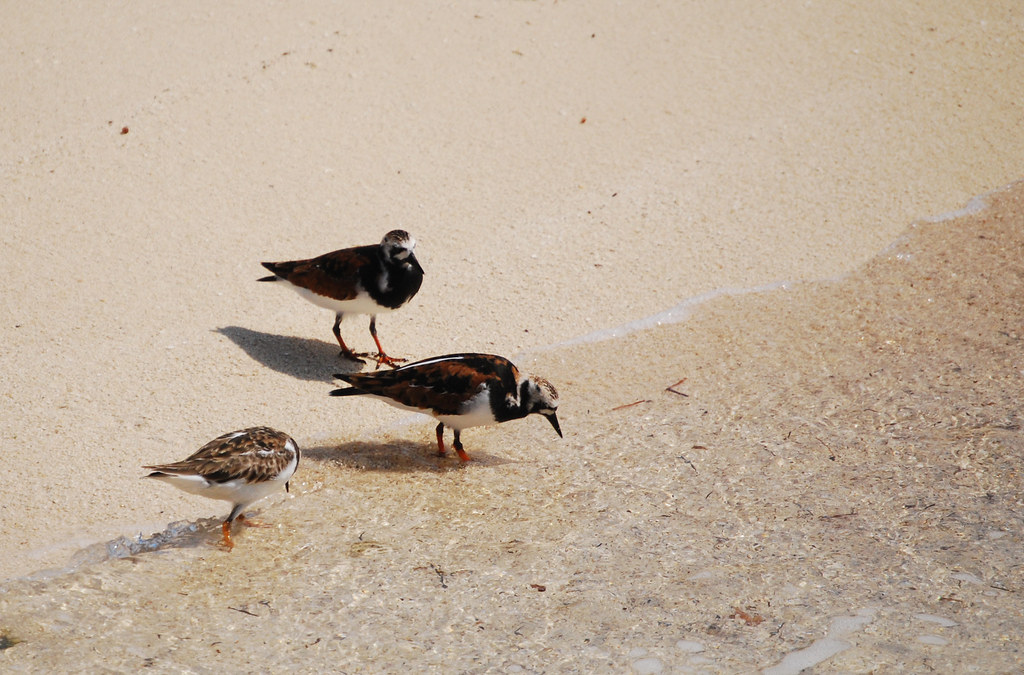
After some time, we finally picked out a juvenile Black Noddy from the surrounding Brown Noddies. This was a bird that was very subtle in its differences from its compatriots, being only slightly smaller, with a slightly longer bill. The bird also had some scalloping visible on the upperwing coverts, which was what first drew our attention to the bird. The white cap on its head was fairly bright, but to be honest, I couldn't really say in the bright sunlight that it was any more brilliant than a Brown Noddy's head. Still, the differences were real, and there was a fine life bird in the scope.
Satisfied with our Black Noddy, we left the battlements and headed back out to the dock, determined to find our Red-footed Booby. We set up the scopes again, and scanned the masses of nesting and roosting Magnificent Frigatebirds on Long Key. Finally, the bird was found! Perching with some frigatebirds on a dead tree, this was a juvenile Red-footed Boobie, which stood out from the black frigatebirds through its sandy plumage. Patient scrutiny through the scope was rewarded with views of the booby's distinctive bluish-gray, dagger-shaped bill, although it was too distant to make out leg color. No other booby features this color combination, so we were confident this was the bird. Success!
Satisfied, we boarded the ferry and headed back to Key West, with a pause to examine the Masked Boobies nesting on Hospital Key, the only location in the United States where they do so. On the way back, I scanned and scanned the ocean, hoping for tropicbirds or even a Cory's Shearwater, but no more life birds for me today. Still, scanning was rewarding, as I saw a loggerhead turtle swimming at the surface and numerous flying fish. Only as we neared Key West did I realize one thing: I had forgotten to put any sunscreen on the back of my calves!
